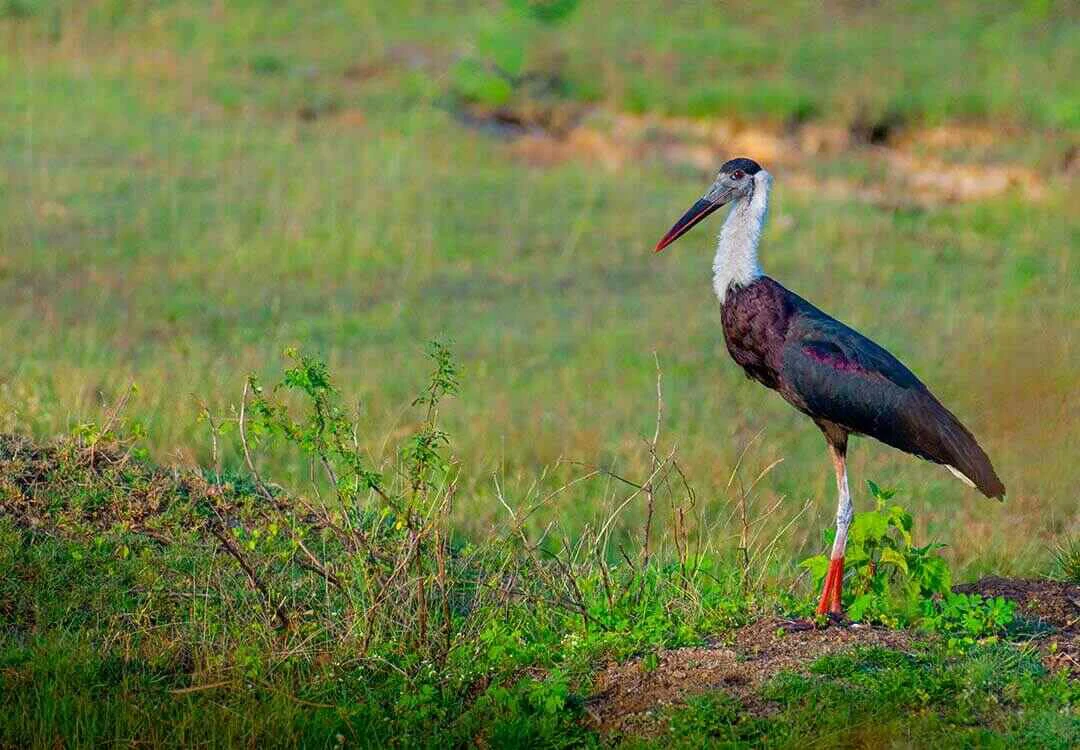
BIRDING IN
Mikumi National Park
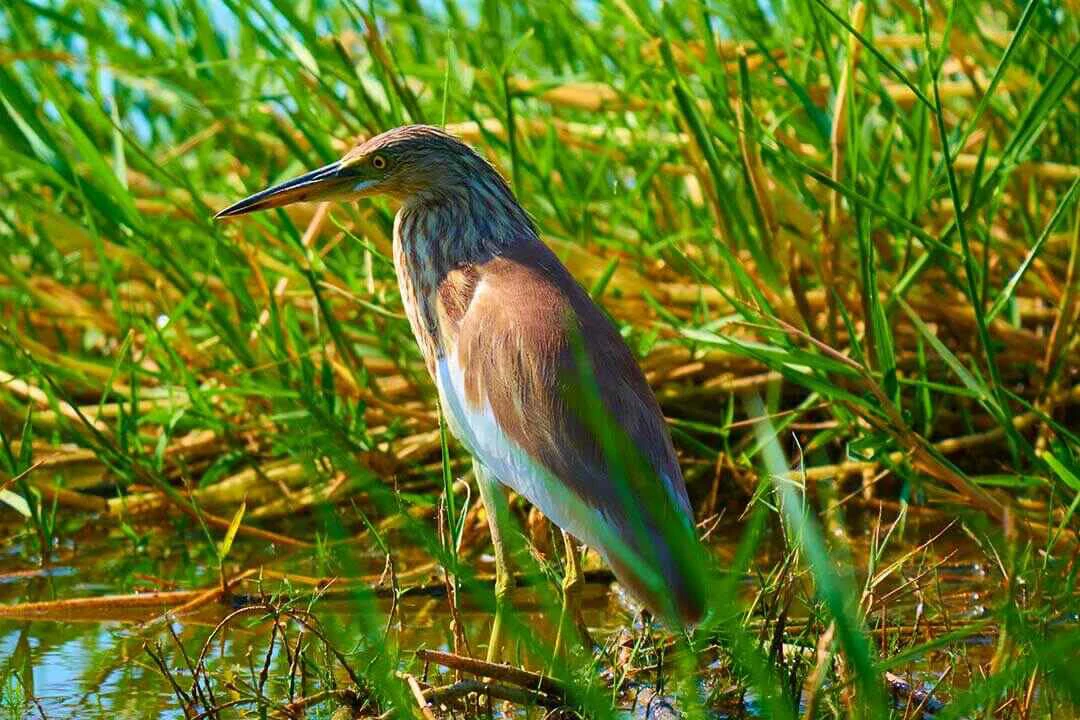
BIRDING IN
Mikumi National Park
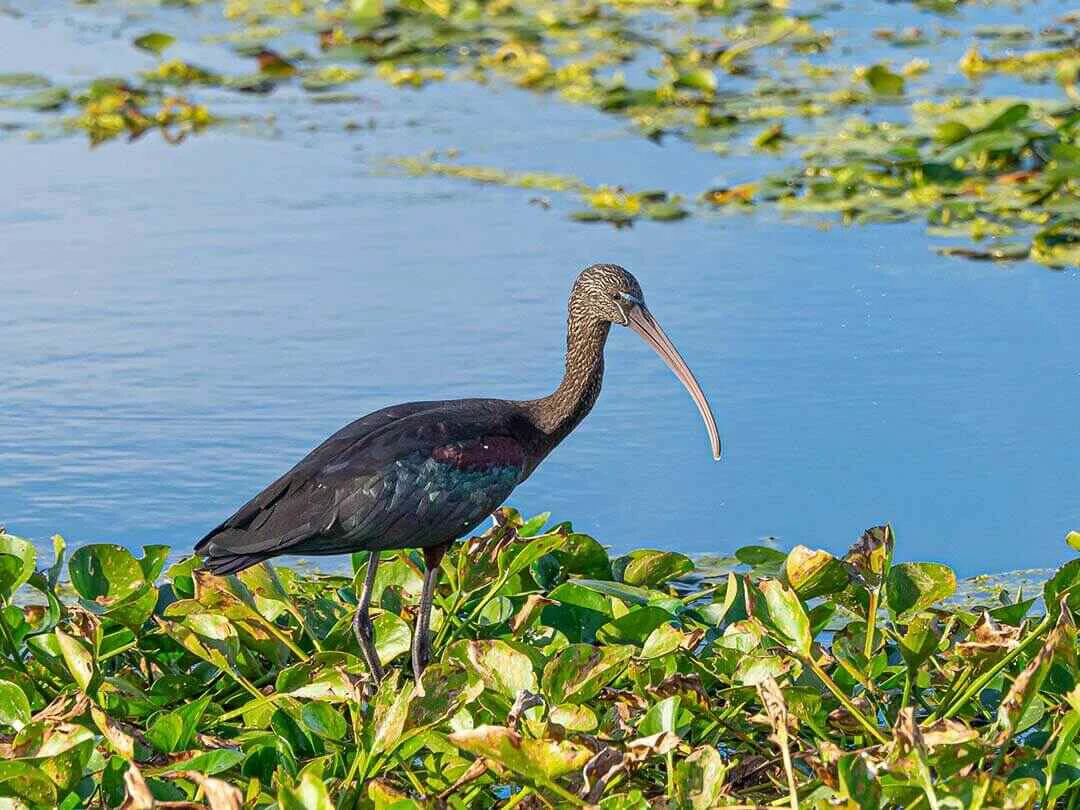
BIRDING IN
Mikumi National Park
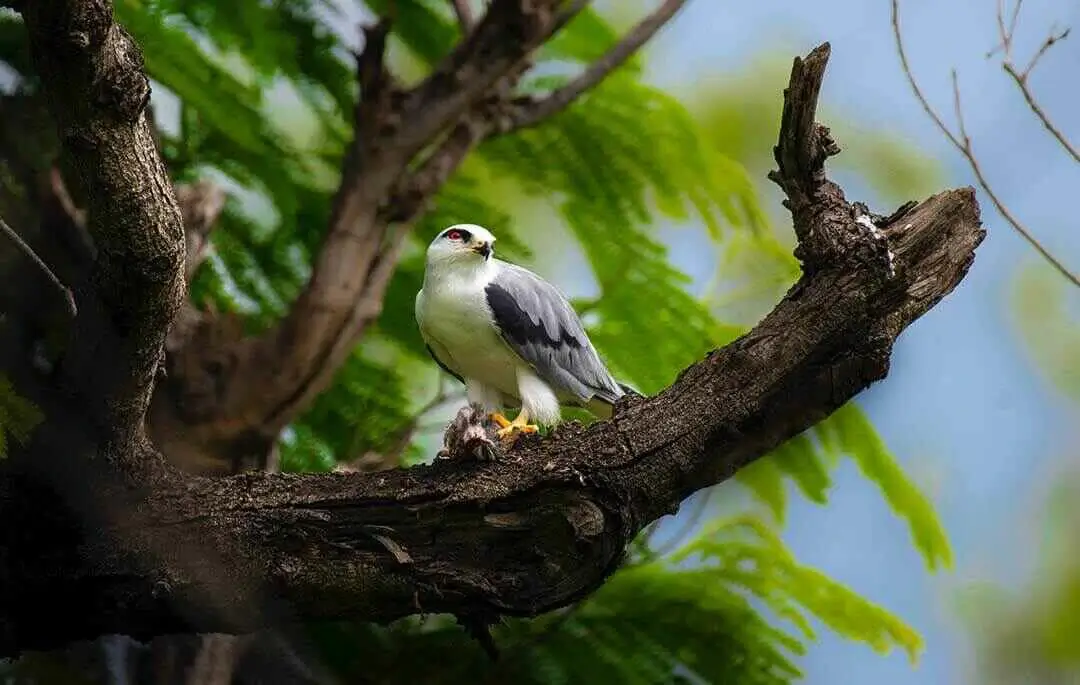
BIRDING IN
Mikumi National Park
Mikumi National Park was gazetted in 1964, with extensions to the north and south added in 1975. It is found in the region of Morogorocovering an Area of 323,000 hactares at an Altitude of 500 to 1,250 meters. Mikumi occupies a lowland area between several mountain chains. It is surrounded by the Rubeho mountains to the north-west, the Ukaguru mountains to the north, the Uluguru mountains to the north-east, the Udzungwa mountains to the south-west, with the Uvidunda Mountains to the west.
The main feature of Mikumi National Park is the flood-plain of the Mkata river, with its swamps and pools, which flows north through the park, draining mountains to the west. The main road linking Dar-es-Salaam and Zambia passes through the park, skirting the flood-plain to the north and a range of low hills to the south. These hills are covered with miombo woodland with extensive areas of riverine forest, characteristic of the coastal lowlands in the valleys. To the south these hills rise to 1,250 m at Mount Malundwe, covered by montane forest, and further south they border the Selous Game Reserve.
Some 393 bird species are known to occur in the area. Falco naumanni is a regular passage migrant in March and April, but there have been no records of large flocks or wintering birds. There are few records of Crexcrex, but the flood-plain offers much suitable habitat for passage birds on their northward journey. Ardeolaidae has been rarely recorded from the few permanent ponds. There are a few passage records of Circus macrourus and one of Acrocephalusgriseldis from just outside the park; much suitable habitat exists within it.
Dendropicosstierlingi is an uncommon bird in the west of the Selous, to the south of Mikumi, and may occur in the south of the park. Circaetusfasciolatus it is expected to occur in riverine forest. Two species of the Afrotropical Highlands, three of the Somali - Masai and five of the East African Coast biomes all occur. Mikumi is one of few areas where nominally allopatric members of a superspecies clearly overlap. Henceforth both Tockuspallidirostris and Tockusnasutus are common and Falco ardosiaceus occurs alongside the commoner Falco dickinsoni. The riverine forest holds Anthreptesneglectus, Ploceus bicolor and Dicrurusludwigii and probably contains many other species more typical of coastal forest. A population of the uncommon Jynxruficollis is known from woodland along the park boundary.
Our Experts are ready to provide answers

Arusha is known to support at least 411 species, including Ardeolaidae, as a non-breeding visitor in small numbers, and one species of the Serengeti plains Endemic Bird Area, as well as 11 species of the Somali - Masaibiome.
Read More
A total of 457 bird species have been recorded from the site. The area is of major importance to migratory waders from northern Eurasia, supporting about 30,000 birds.
Read More
The birdlife in Katavi is good year-round, but at its best from November to April when the migratory birds from Europe and northern Africa are present. At this time, many resident bird species are nesting and are in breeding plumage.
Read More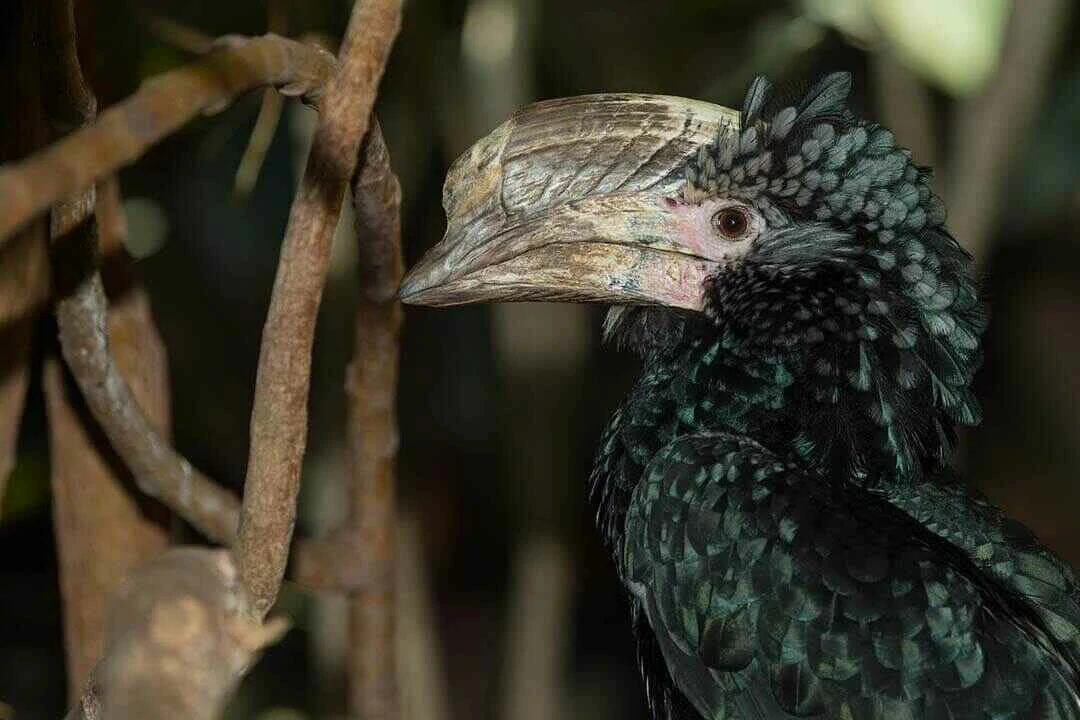
More than 400 species have been recorded here and you can reasonably expect to observe 100 of these in one day.
Read More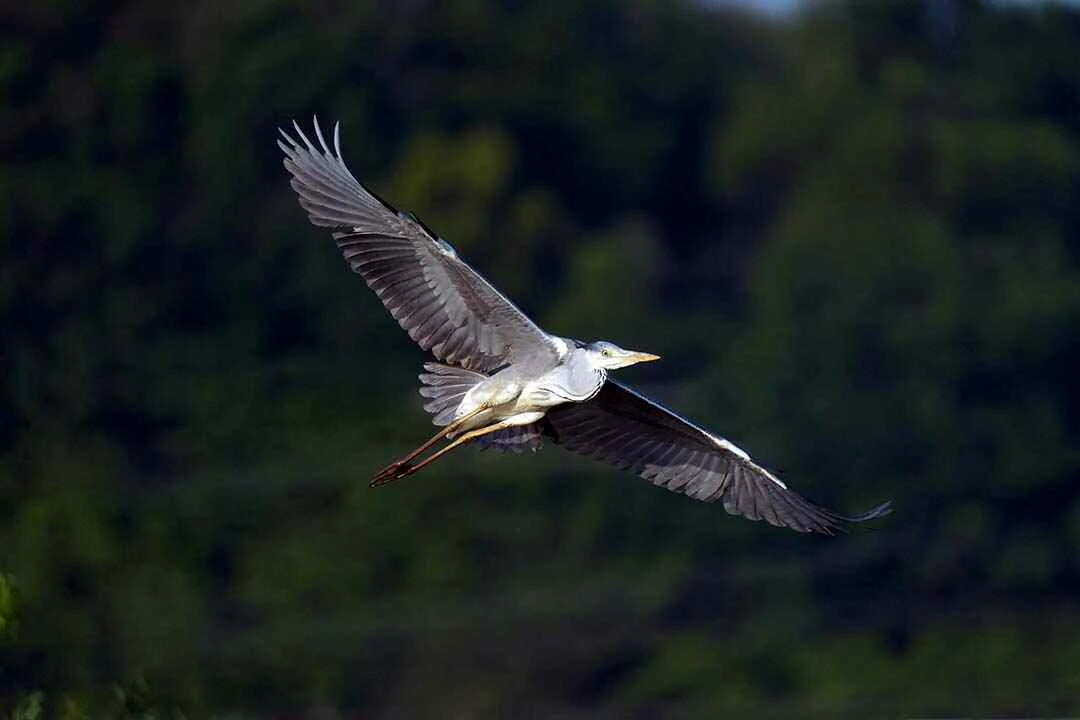
Bird species list includes only 214 species and these include three Guinea - Congo Forests biome species. An endemic subspecies of the globally threatened Apalisargentea is present here.
Read More
Some 393 bird species are known to occur in the area. Falco naumanni is a regular passage migrant in March and April, but there have been no records of large flocks or wintering birds.
Read More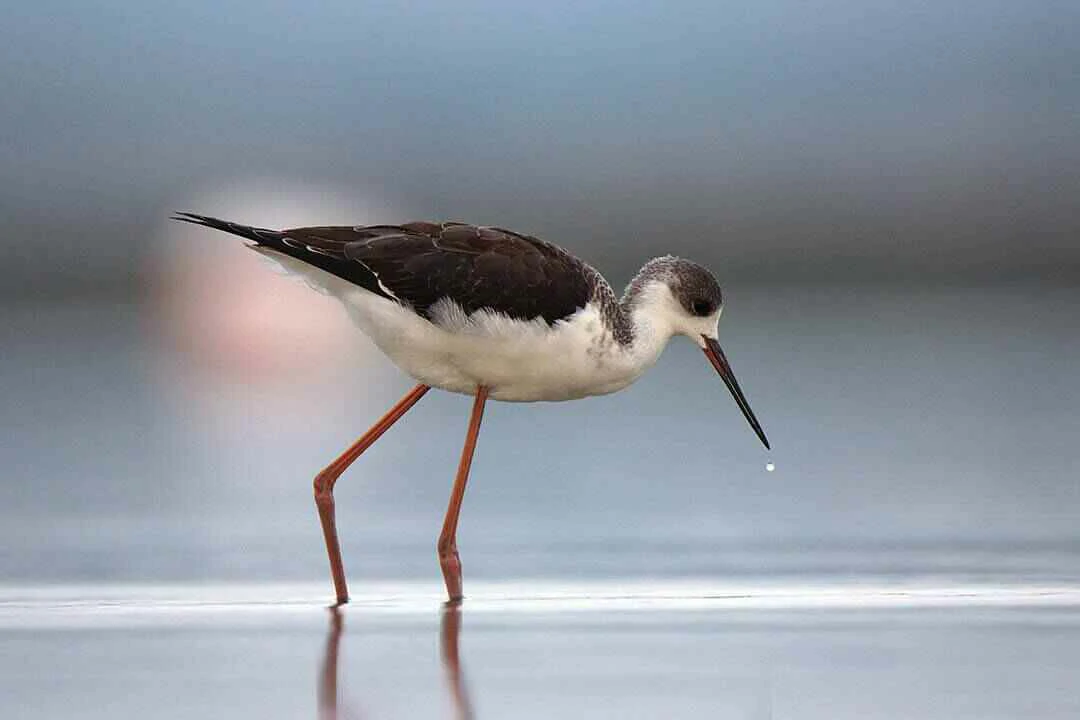
Over 500 bird species are known from the site. Falco naumanni is a passage migrant and Circus macrourus occurs on passage and in winter. Acacia woodland holds the largest known population of Agapornisfischeri, Parusfringillinus is resident and there have been recent records of Apaliskaramojae from Acacia drepanolobium woodland in the south-west of the site.
Read More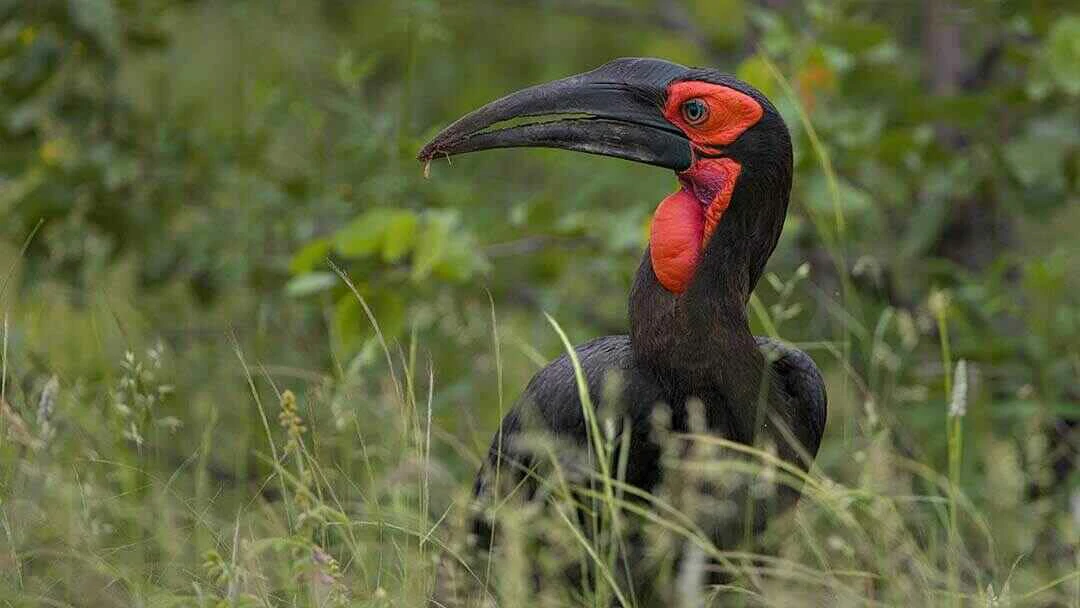
Some 410 species have been recorded for the park, but this figure is almost certainly incomplete as only the main tourist areas are well known. This total includes seven species of the Zambezian biome.
Read More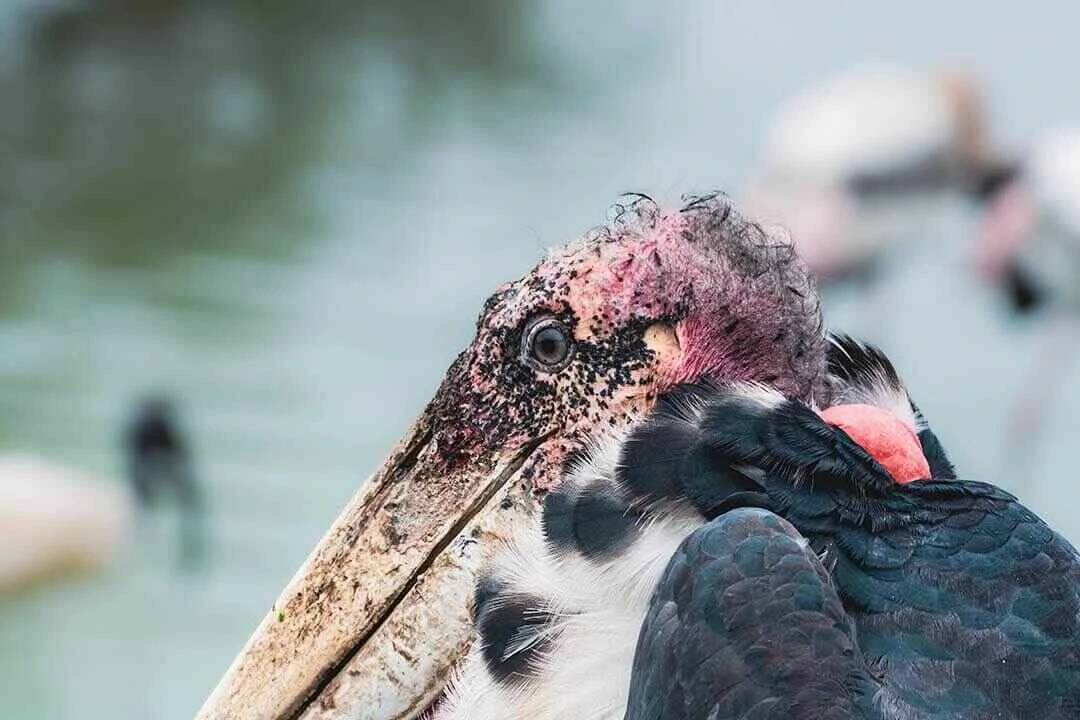
Rubondo main island holds a wide variety of other species, including huge breeding colonies of four species of Ploceus weavers and a relatively dense population of Circaetuscinerascens which are rare in East Africa.
Read More
An estimated numbers of bird species recorded from the park vary from 458 to 505. Glareolanordmanni and Apaliskaramojae, are of global conservation concern. Ardeolaidae is a regular visitor in low numbers. The status of Circus macrourus is described as locally common.
Read More
There is no species list for the park; the total is likely to exceed 450 species. Globally threatened species include Falco naumanni, which occurs in flocks of hundreds in April, following the start of the rains when invertebrate food-supplies are abundant and the park provides secure roost-sites.
Read More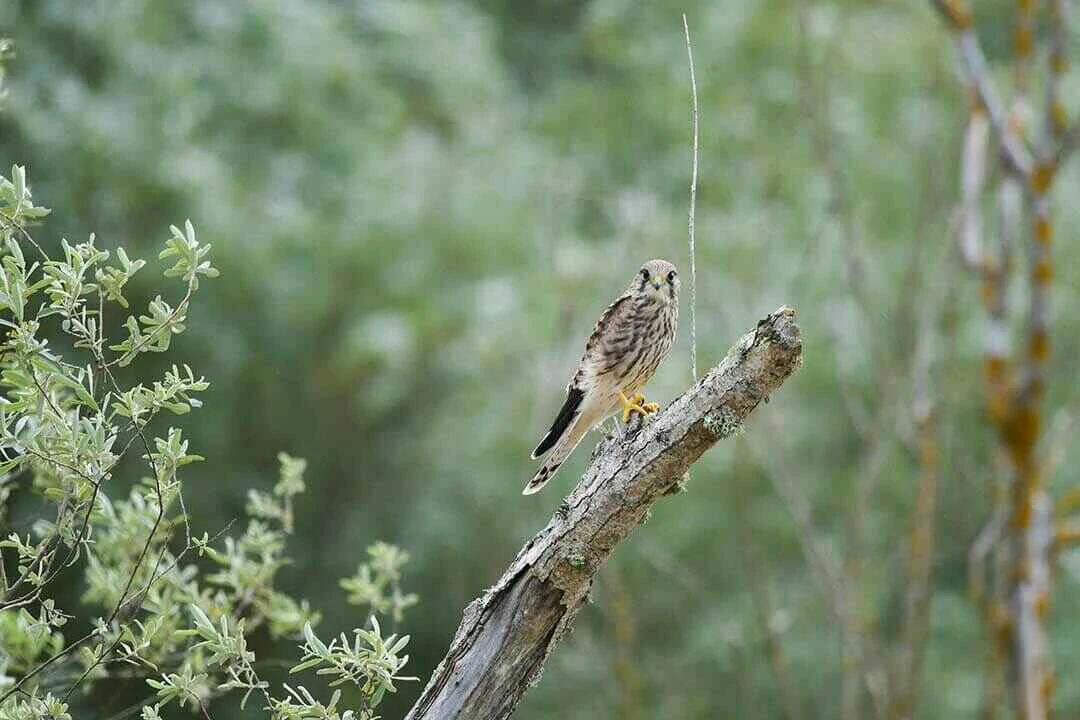
There are sightings of birds like Xenoperdixudzungwensis from near Mount Luhombero, in the park. Circaetusfasciolatus is resident at low densities in low altitude forest at the foot of the east-facing escarpment
Read More